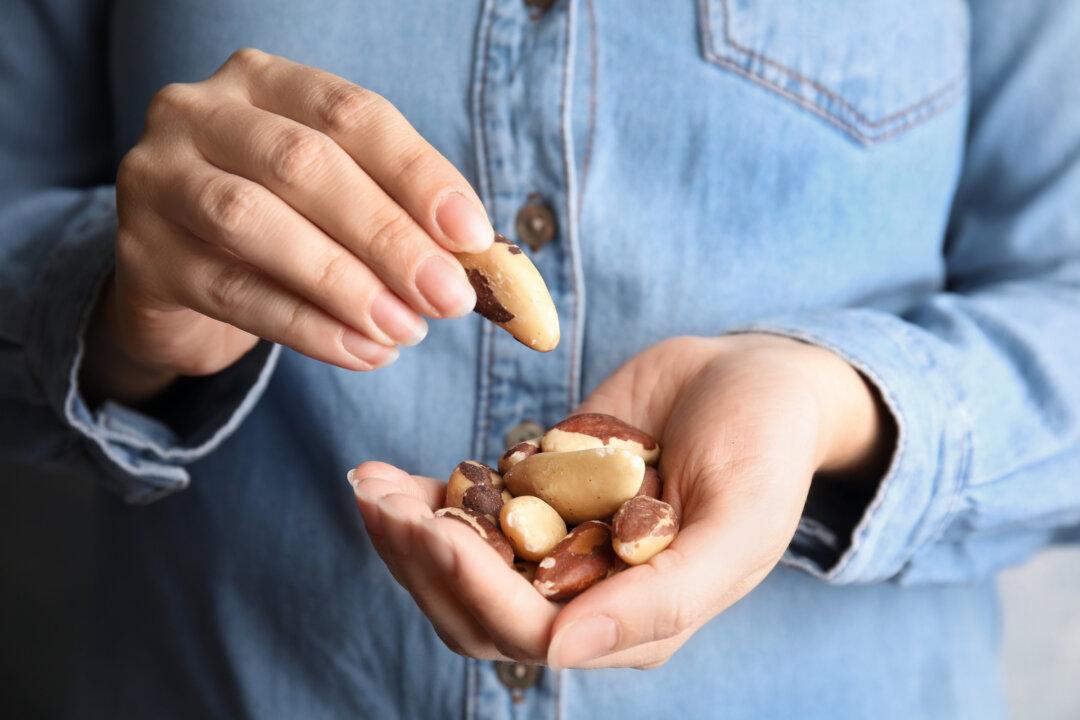Diabetes should change the way you eat. Managing blood sugar can become a life or death situation, and diabetics have a much higher risk for heart disease and other heart-related risks than the general population.
Tack on the risk of losing vision and limbs, and you can imagine why controlling the condition is so important.





